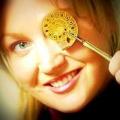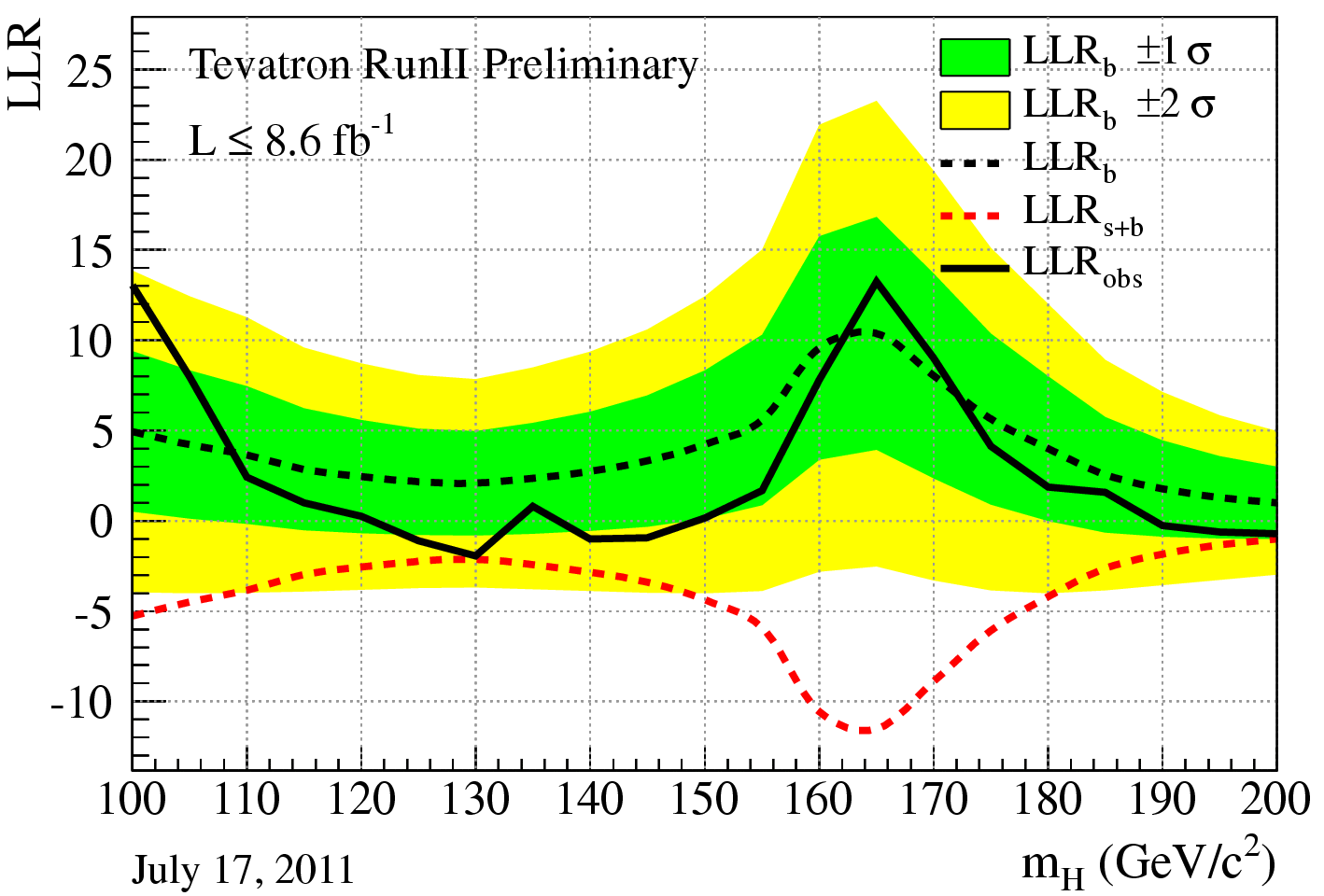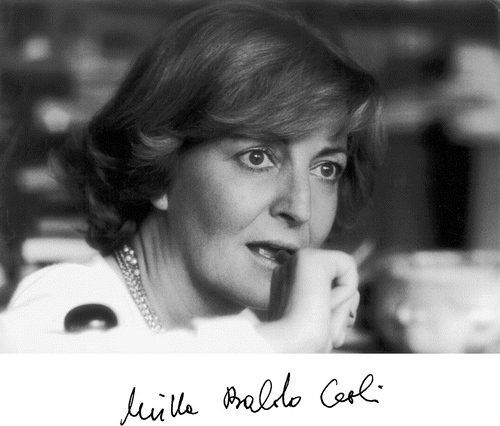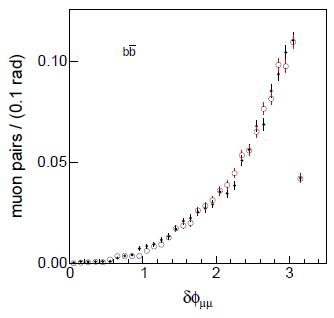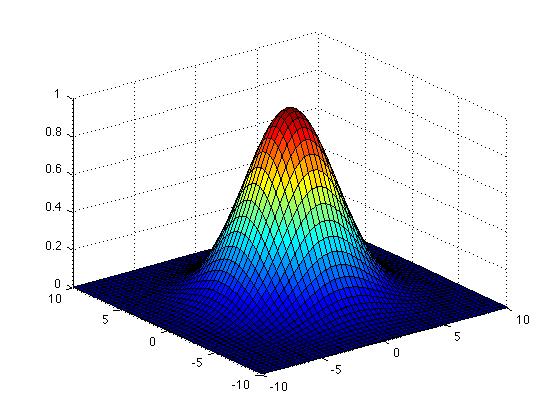 On A Roll
On A RollWhat? Another boring chess game?Buzz off, this is my blog, and if I feel like posting a chess game...
 When The Attack Plays Itself
When The Attack Plays ItselfAfter a very intense day at work, I sought some relaxation in online blitz chess today. And the...
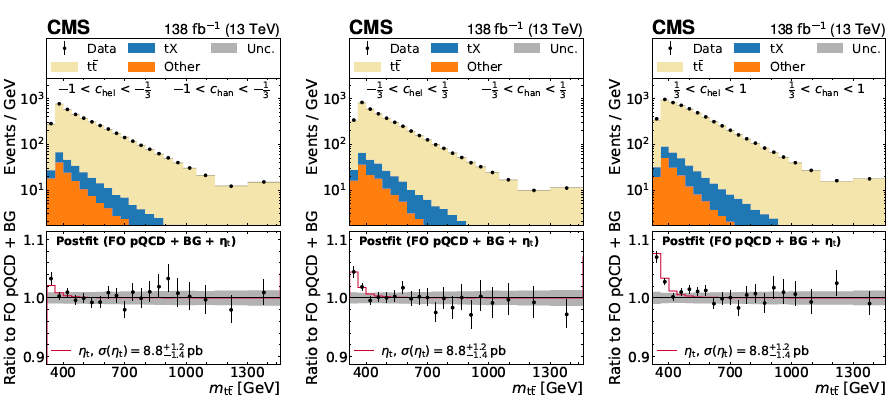 Toponium Found By CMS!
Toponium Found By CMS!The highest-mass subnuclear particle ever observed used to the the top quark. Measured for the...
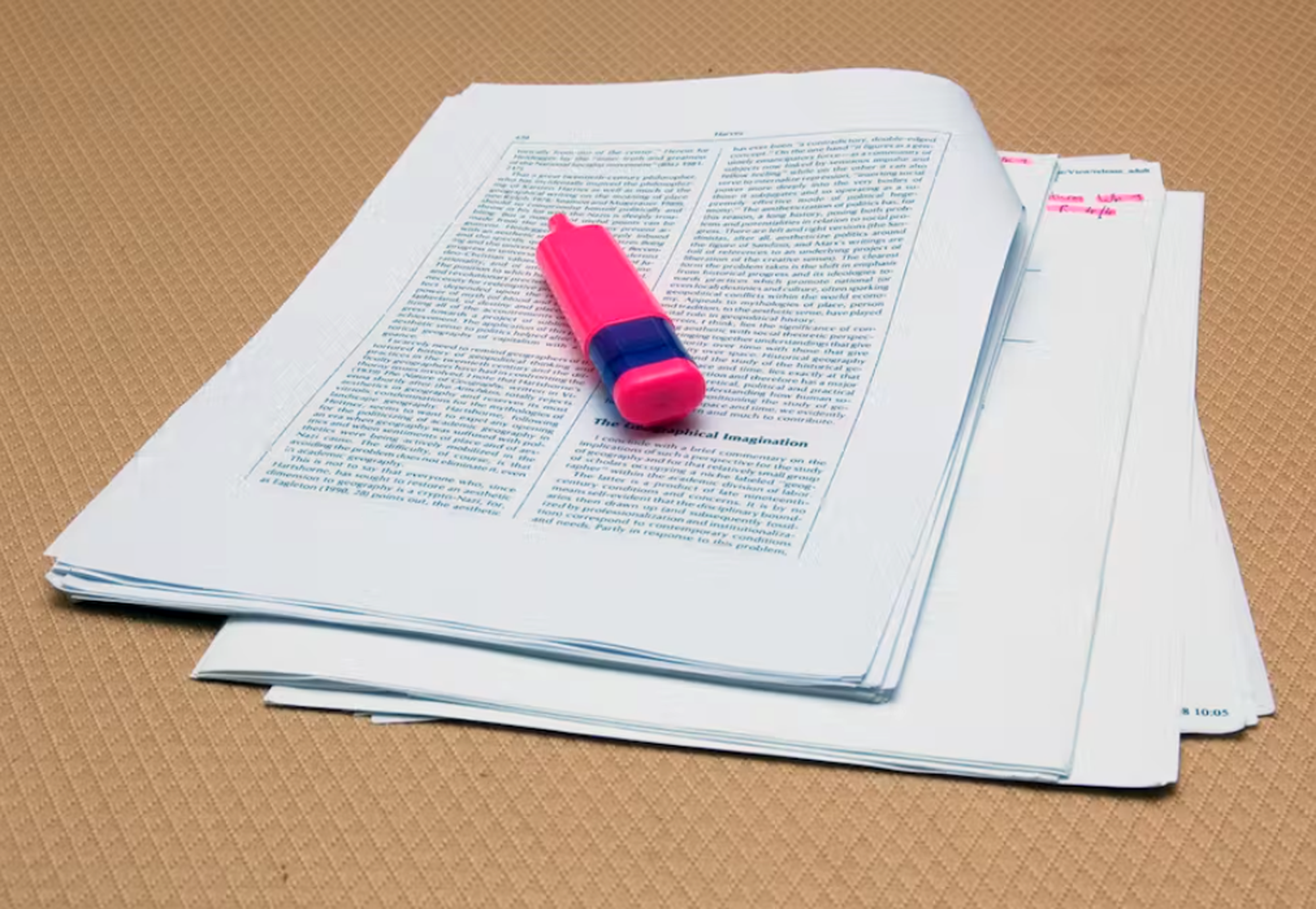 The Problem With Peer Review
The Problem With Peer ReviewIn a world where misinformation, voluntary or accidental, reigns supreme; in a world where lies...

